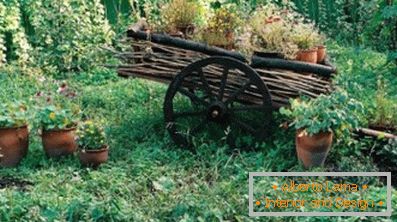A few decades ago, the concept of eco-efficient architecture occupied a very small niche in the international market. No one, except very fanatical environmentalists, did not pay much attention to this concept, and certainly did not look for ways to make your house environmentally safe. However, today the situation has changed dramatically: construction and architectural companies compete among themselves for the title of the manufacturer of the most environmentally efficient buildings.
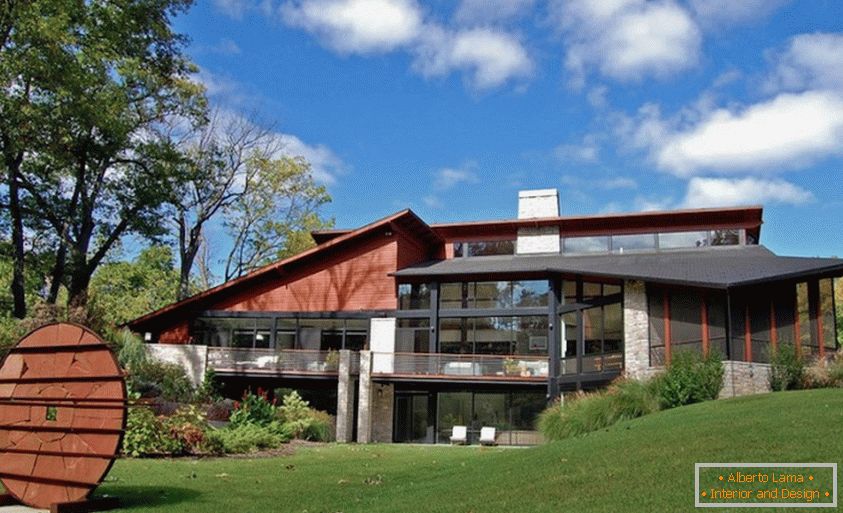
This is not an accident. Environmental friendliness is a sensible and practical solution. Eco-friendly buildings are characterized by impeccable functionality, neat appearance and a beneficial effect on the environment. In short, this is a win-win option.
- Eco-architecture looks great
- "Green" housing saves money
- Eco-architecture is always connected with innovation
- The impact of eco-architecture on the environment is undeniable
Let me tell you more about the current trend called "eco-architecture" and how you can make your home more environmentally friendly. The environment and your wallet will be grateful to you.
Eco-architecture looks great
Admit: somewhere in the depths of your soul there is still a delusion that moving to an environmentally friendly way of life means giving up the style in favor of functionality. Many years ago, when eco-architecture was just beginning to raise its head, this statement could be quite fair. But as far as modern housing is concerned, Aesthetics does not lag behind utility.
It is very important to note that eco-design does not have to be a template. There are many ways in which you could make your home more environmentally friendly. You are free to choose whatever is right for you:
- The use of natural materials: clay roof tiles, stone - for flooring, wall panels made of wood.
- Secondary use of old materials: aluminum wall cladding, wooden beams.
- Modification of home systems: energy-efficient household appliances, plumbing equipment with low water consumption, programmable heating / cooling systems are just some of the many possible options.
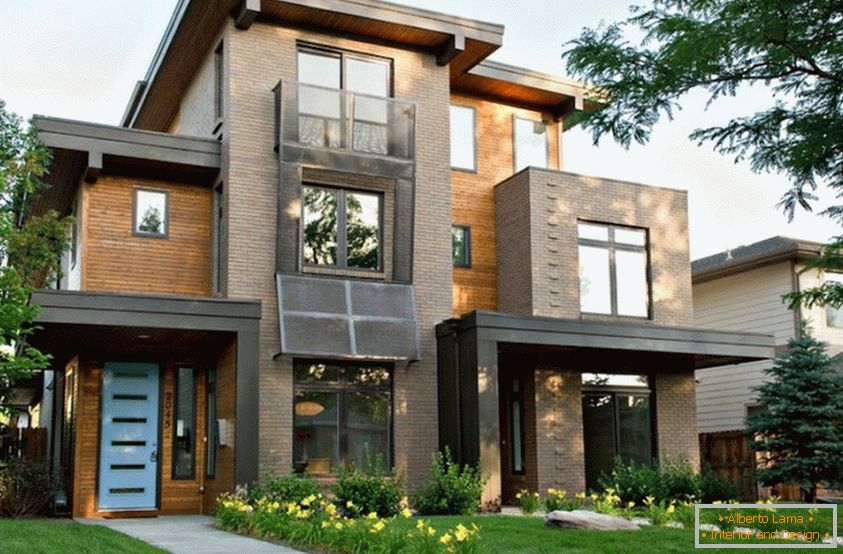
The first and best advice that will make your house worthy of the cover of any magazine about architecture or design: hire real professionals. Try to find an architect and interior designer who specialize in environmental friendliness - and do not be stingy. Their knowledge of their business and useful links will provide you with a wide choice of eco-friendly products offered on the market. Thus, you will find exactly what you like.
"Green" housing saves money
One of the most attractive advantages of choosing in favor of eco-friendliness of housing is that the payment for utilities and construction costs become substantially less. In the end, who will miss the opportunity to save on accounts?
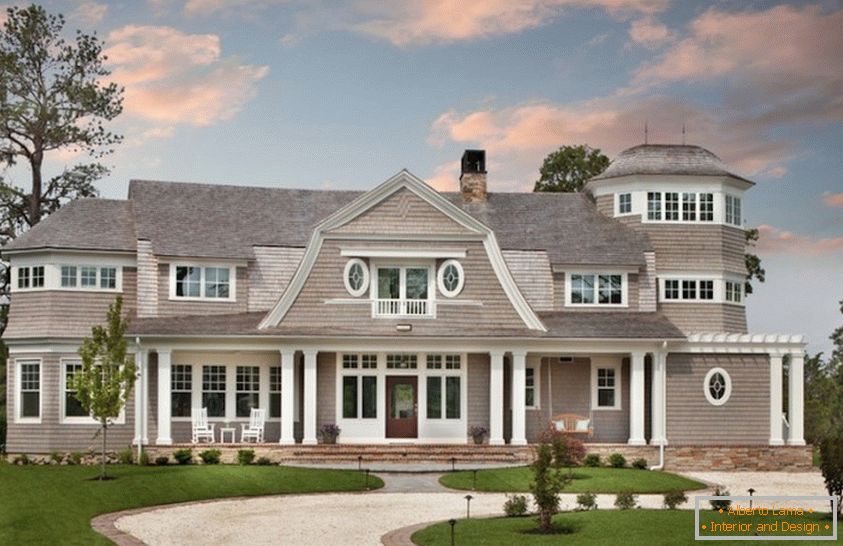
A recent study conducted by one of the largest national laboratories in the United States found that environmentally efficient buildings consume 25% less electricity and 11% less water than those that do not use eco-technology. It has also been found that eco-emissions release 34% less carbon dioxide into the atmosphere, and their content is cheaper by 19%. In general, the monthly fee for utilities in such buildings is less by 15%.
This research concerned office buildings, but, having decided to make your house more environmentally friendly, you can also save money. However, it is worth remembering: after you install energy efficient systems in your home, you should think about how to reduce energy use to a minimum. Yes, it sounds so familiar that it could already fill the edge, and yet make sure that you turn off the lights, water and electrical appliances when you are not using them.
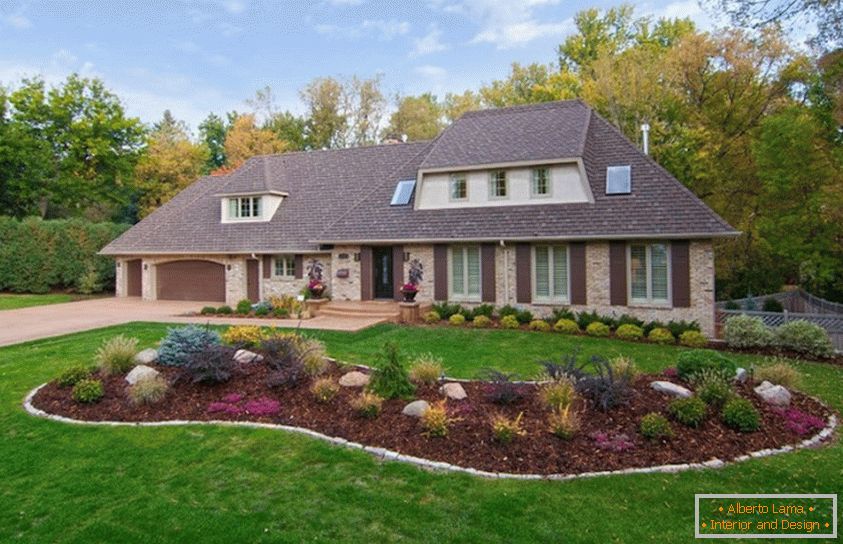
Eco-architecture is always connected with innovation
Are you one of those who closely follows the advent of the latest gadgets and is in a hurry to acquire them? If this is the case, join the list of environmentalists because Thanks to eco-architecture in the world there are innovative technologies. Considering that eco-architecture is becoming a stable trend, this connection will develop in the future.
Here are a few known examples: a residential complex Bosco Verticale in Milan, designed by Boeri Studio - the world's first vertical forest. On two towers of the complex, each 26 stories high, there are about 17 thousand plants covering the facade of the building. In addition, that such a vertical forest makes buildings incredibly beautiful, it absorbs carbon and dust, and also cools the complex.
Port of Portland, Oregon, is equipped with an amazing system for collecting sewage, called " living machine". Worrell Water Technologies has designed a system that uses plants and microorganisms to filter wastewater and reuse this water for technical needs. The structure can also boast a retro-reflective roof and a geothermal heating system.
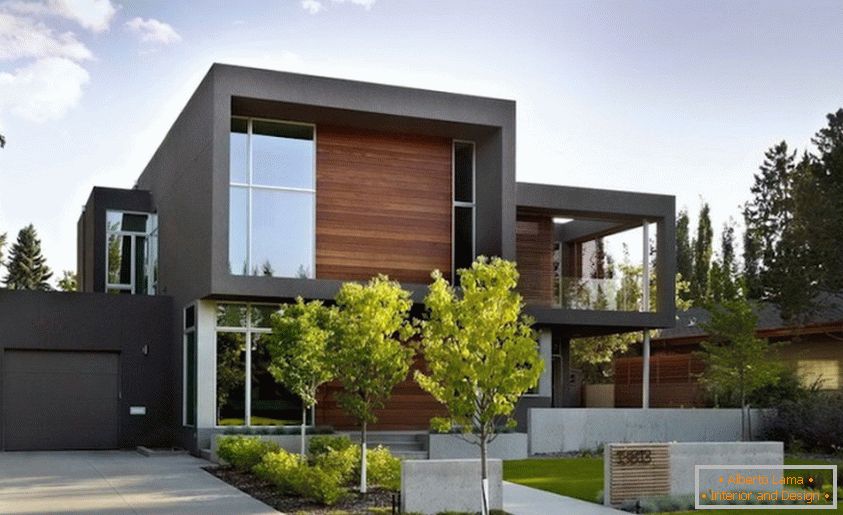
German architect Werner Zobek lives in a modular house, 100% consisting of recycled materials. This house is called R128, it does not produce any emissions and generates electricity with the help of solar panels. However, the most impressive feature of this house is solid walls of insulated glass covering the entire facade.
The impact of eco-architecture on the environment is undeniable
Building energy-efficient buildings is the gold standard for many eco-architects. The concept of "energy efficient building" means that the structure produces as much (or more) energy as it consumes. Perhaps it will sound too pretentious, but there is something very pleasant (and honestly, giving a deep sense of pride and contentment in person) in the opportunity to say that your house is actively working to create a more favorable environment.
In order to make your house energy efficient, you, first of all, need to take care of your housing consumed a minimum of energy and resources. This means the need to install energy-efficient lighting, sanitary equipment, as well as the need to constantly monitor the fact that all power sources are turned off when you are not using them. The next step is to find a way to make sure that your the house could produce its own energy. This can be done by installing solar panels or by arranging a green zone on the roof of the house.
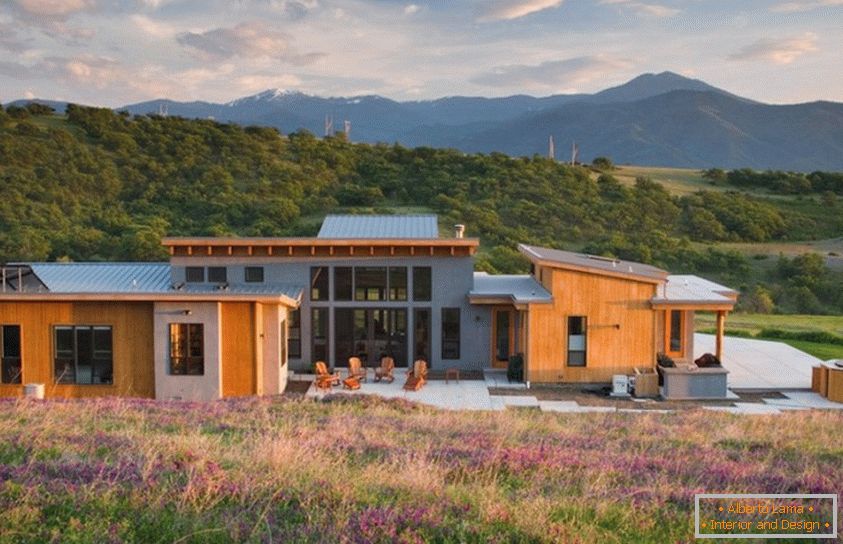
If you are serious about creating a self-contained dwelling, you may need to hire an energy auditor or a specialist who can tell you about all the ways to turn a house layout into a more environmentally efficient one. As you introduce eco-technologies into your home, think about getting a green certificate confirming the generation of electricity by renewable sources. Organizations that issue such a certificate can reward your efforts with financial incentives, and a green certificate will provide your home with a high resale value.
Eco-architecture is gradually becoming more popular. It seems that every day grows a new eco-friendly building - and believe me, for good reason. Eco-architecture is a practical business solution. Such buildings look attractive, equipped with the latest technology, save money and, of course, help to improve the overall environmental background. What here might not like? Believe on the word: you really should think about how to give such advantages and your home.
What do you think about the eco-architectural trend? Would you like to see eco-friendly elements and systems in your own home? Perhaps you know about some wonderful eco-technical gadget? Tell us about it in the comments.

